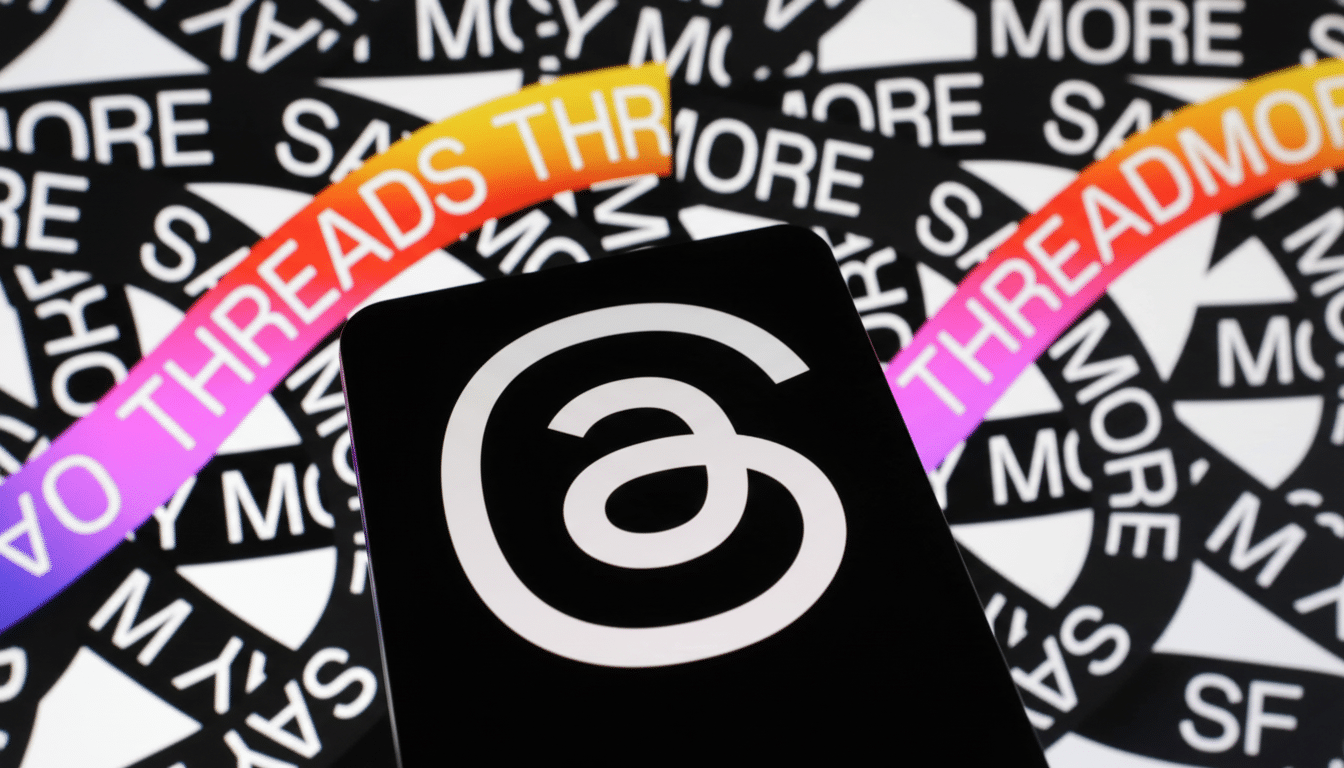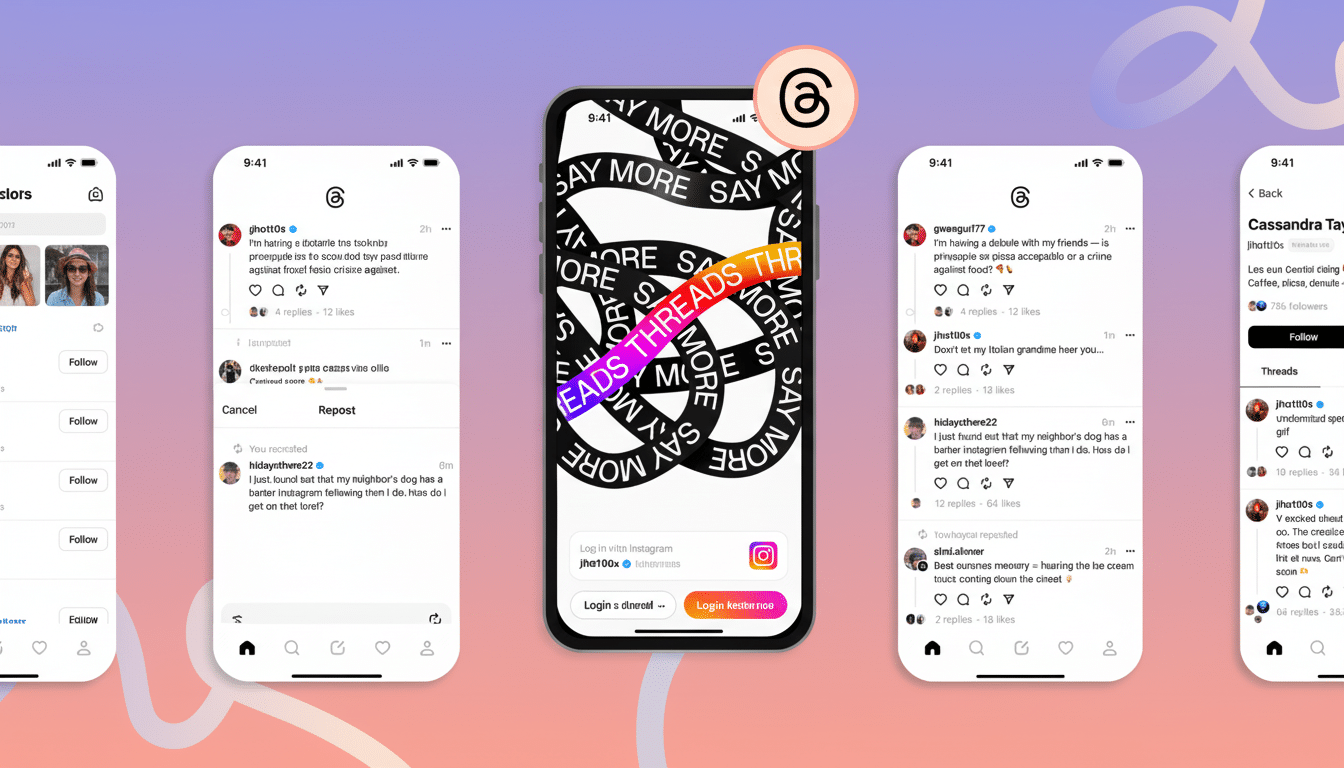Threads is turning on group chats and expanding its direct messaging to all users across the European Union, a significant step in the app’s sharp turn away from being solely a broadcast feed that would help millions of Instagram users peek into more intimate conversations. The Meta-owned service, which surpassed 400 million monthly active users recently, is making the feature available globally with region-wise support being switched on in phases.
What’s new in Threads messaging: features and eligibility
Group chats will have up to 50 members at launch, and are open for users ages 18 and over. Within these rooms, users will be able to share text posts, videos, GIFs, and emojis — again, like the lightweight content style that’s established Threads’ public timeline.

Users can name a group and control membership with tighter controls than one-to-one DMs. You first need to be following someone before they can add you to a group chat, a design decision targeting unwanted adds. Link-based invites are coming, the company says, lowering the friction of adding multiple people without revealing everybody’s handle.
Private message requests retain some more guardrails: links and media are disabled until you accept, and there are limits on how many requests someone can send. Potential spam goes into a secret folder, and users can turn off message requests from non-followers completely.
Privacy and safety trade-offs in Threads group messaging
Group chats, like regular Threads DMs, are not end-to-end encrypted. Threads’ VP of Product Management Emily Dalton Smith told reporters the product is geared toward conversations that are happening “now,” like when you react to a match or TV finale, as opposed to a secure messenger. That positions Threads closer to public social chat rather than private messengers designed for secrecy.
The decision stands in sharp contrast to platforms that prioritize encryption. X has advocated for encrypted DMs, although independent researchers and digital rights organizations like the Electronic Frontier Foundation have previously observed trade-offs in comparison with more thoroughly audited software such as Signal. Even Meta’s own WhatsApp, which frequently draws negative attention from repressive governments for those encrypted conversations, offers end-to-end encryption by default. That drives home the point that Threads is meant for immediacy and community, not super-high-security use-case scenarios.
Why the European Union messaging rollout on Threads matters
Messaging on Threads shipped in the EU after a delay, mirroring the stricter compliance and transparency terrain being formed by GDPR and the Digital Services Act. Unlocking direct and group messaging for Europeans allows those users to fully participate in the communities that were already created elsewhere, shrinking a feature gap that discouraged cross-border discussion.

Europe is a significant market for social products: the population of the EU exceeds 440 million, and cultural events — including major football matches and Eurovision — spur real-time conversation spikes.
By providing small-group chat, Threads can encourage those moments into stickier, on-loop conversations that elevate retention and session time — two metrics social apps are precariously keen on.
The product strategy behind Threads’ group chat rollout
Meta has been refashioning Instagram around short-form video and messaging because those features lead to the most engagement, the company said during recent earnings calls. Applying this logic to Threads, messaging becomes core to the app rather than a feature, giving users reason to come back even if their feed feels dormant.
The limit of 50 for rooms suggests an intention to promote intimate, interest-based spaces instead of open-ended group sprawl. That puts Threads between rivals geared for broadcast, from companies like Facebook and Twitter, and full-on heavyweight chat platforms such as Discord or Telegram, where communities commonly grow into the thousands. It’s also not inconsistent with internal data the company cites: a large proportion of daily Threads users follow a drastically different set of accounts from those they follow on Instagram, which suggests “Threads-first” social graphs are coalescing around interests rather than people.
What to watch next for Threads messaging and group chats
Shareable group links and more advanced admin tools are on the near-term roadmap, as well as iterative safety updates. The larger question is whether Threads introduces any encryption options, or will keep the product tied to thin event-driven chat. If the app can translate major cultural moments into lasting groups that continue to chat between tentpoles, it may have found a retention engine to complement its public feed.
For now, the playbook is obvious: make it easy to discover conversation on the timeline and then make it even easier to continue that conversation in a smaller group where the hate less frequently bubbles up. Now that it finally includes EU users, Threads is a wider laboratory to test out that formula.

